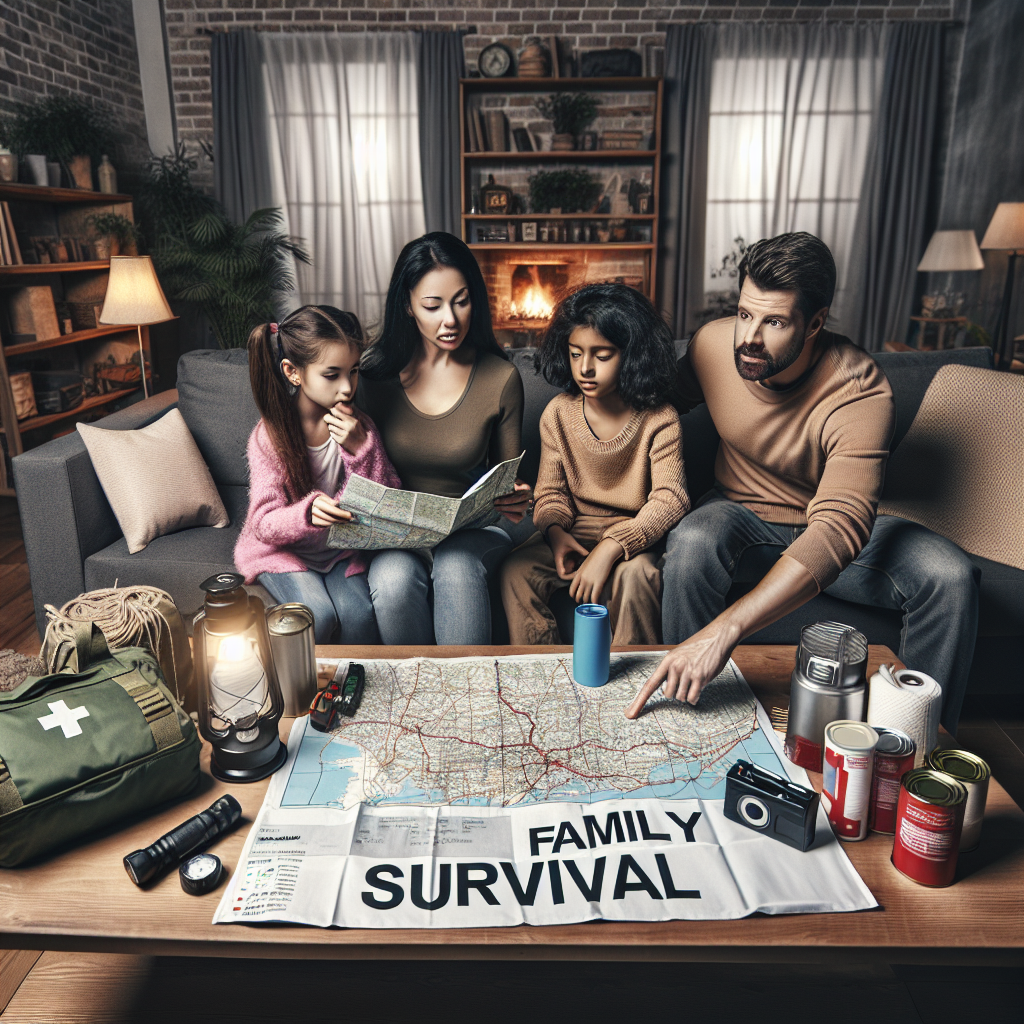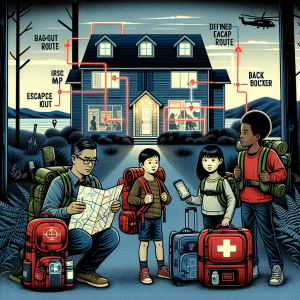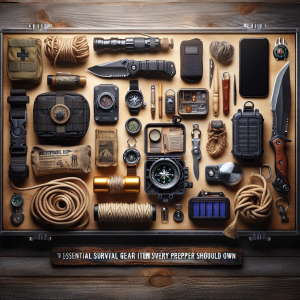In an uncertain world, preparation is key to ensuring the safety and well-being of your family. Whether facing natural disasters, economic instability, or health emergencies, a well-prepared household can make all the difference. This article outlines essential steps for creating a family survival plan that equips you to handle various crises effectively.
Understanding Potential Crises
The first step in preparation is understanding the types of crises that may affect your household. Common scenarios include:
- Natural Disasters: Hurricanes, earthquakes, floods, and wildfires.
- Health Emergencies: Pandemics, outbreaks, or widespread illness.
- Economic Situations: Job loss, market crashes, or prolonged economic downturns.
- Civil Unrest: Protests, riots, or political instability.
Creating a Family Emergency Plan
-
Communication Plan:
- Establish a primary and secondary means of communication. Designate a family contact outside your immediate area, as they may be easier to reach in an emergency.
- Conduct regular family meetings to review the plan and ensure everyone is familiar with it.
-
Evacuation Routes:
- Identify potential evacuation routes from your home and alternatives if primary routes are blocked. Practice these routes with your family.
- Keep a list of nearby shelters or safe locations.
-
Emergency Contacts:
- Compile a list of important phone numbers, including local emergency services, family members, neighbors, and any relevant institutions like schools or daycare centers.
-
Family Roles:
- Assign specific duties to each family member. For example, one person might be responsible for gathering supplies, while another manages communication.
Building an Emergency Supply Kit
Every household should have a well-stocked emergency supply kit. Here are essentials to include:
- Water: One gallon of water per person per day for at least three days.
- Food: Non-perishable items like canned goods, protein bars, and dehydrated meals, enough to last at least three days.
- First Aid Kit: Include bandages, antiseptics, over-the-counter medications, and any prescription medications.
- Tools and Supplies: A multi-tool, flashlight, batteries, and hygiene items like soap and toilet paper.
- Personal Documents: Copies of insurance policies, identification, and any other critical documents in a waterproof container.
Preparing Your Home
-
Home Safety:
- Install smoke detectors and carbon monoxide detectors. Test them regularly and change batteries at least once a year.
- Familiarize yourself with your home’s plumbing, electrical systems, and gas lines in case of an emergency.
-
Home Security:
- Secure windows and doors. Make sure your home is well-lit outside, and consider installing a security system.
- Develop a plan for securing the home in case of civil unrest or looting.
-
Financial Preparedness:
- Build an emergency fund with enough savings to cover 3-6 months’ worth of living expenses.
- Consider diversifying investments to shield your family against economic downturns.
Educating Your Family
-
Survival Skills:
- Teach your family basic survival skills, such as first aid, fire-making, food sourcing, and navigation.
- Involve children in preparation activities to empower them and build confidence in their ability to handle crises.
-
Mental Preparedness:
- Discuss potential scenarios openly and honestly. This helps reduce fear and anxiety, making it easier to respond when a crisis occurs.
- Practice drills (such as fire evacuations or shelter-in-place scenarios) to help everyone know what to do in different situations.
Staying Informed
Keeping up with local news and weather forecasts can significantly enhance your preparedness. Utilize trustworthy sources for updates on potential threats to your area and become familiar with community preparedness resources. Many communities also offer training programs or workshops to help families prepare for emergencies.
Conclusion
Preparing your household for potential crises is an investment in your family’s safety and resilience. By understanding risks, creating a comprehensive emergency plan, building a supply kit, securing your home, and educating your family, you are taking proactive steps toward ensuring everyone’s well-being. Remember, the most effective preparation is a team effort—make your family a part of the planning process to foster collaboration and confidence when it matters most.




